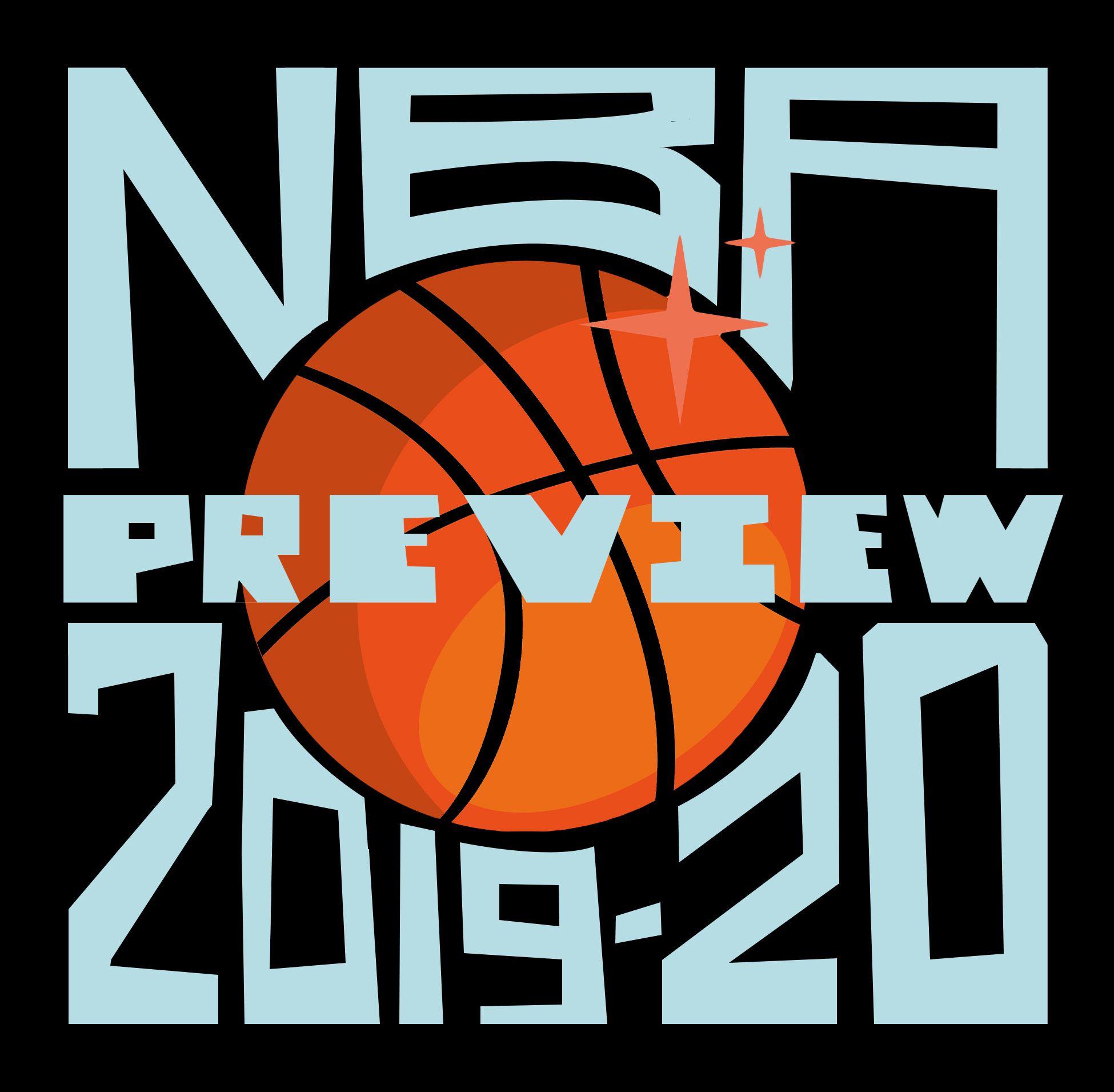
The 76ers are doubling down on the partnership of Joel Embiid and Ben Simmons. Instead of asking them to adjust their games to play off of Jimmy Butler, the Sixers have made them the undisputed centerpieces of the offense. But the key to pushing Philadelphia to the top of the championship picture is making the most of the minutes when its two cornerstones are apart.
Embiid and Simmons don’t fit particularly well together, and the problem goes beyond neither shooting well enough to space the floor for the other. Their preferred styles of play are different. Embiid needs guards to walk the ball up the court, enter the ball into the post, and play within a deliberate half-court offense. Simmons, on the other hand, is at his best when he can get out in the open court, which allows him to take advantage of his size, athleticism, and ability to handle the ball and make quick decisions on the move.
Simmons is more context-dependent than Embiid. The latter can score regardless of who is around him, but the former has to be put in the right situation to succeed, and that didn’t happen enough last season. Embiid carried lineups without Simmons better than Simmons carried lineups without him:
Gotta Keep ‘Em(biid) Separated?
The biggest reason for optimism in Philadelphia this season is that Al Horford should make the team better in Simmons-only minutes. Horford, who signed a four-year, $109 million deal this summer, will start at power forward next to Embiid, but his most important role for the 76ers will be playing as the backup center next to Simmons. He’s the perfect fit: He can protect the rim (1.3 blocks per game) and make plays as the second line of defense (0.9 steals per game) while knocking down 3s on offense (36.0 percent on 3.0 attempts per game). Horford was one of four 6-foot-10 or taller players in the NBA last season to reach those statistical benchmarks.
Horford could do for Simmons what Brook Lopez did for Giannis Antetokounmpo in Milwaukee. Like Giannis, Simmons is a supersize point forward (6-foot-10 and 230 pounds) with a poor jumper who can get to the rim and find the open man when the defense sends help. But while Giannis always played with four 3-point shooters around him last season, Simmons had to drive into the teeth of the defense while playing next to nonshooting big men.
Simmons has shown flashes of what he can do in a more wide-open game. His playoff career high (31 points on 10-of-12 shooting in Game 3 of last season’s first-round series against the Nets) came when he played as a small-ball 5 while Embiid was out. The same thing happened in the Sixers’ first-round victory over the Heat in 2018, when Embiid missed the start of the series and Simmons played next to a stretch big man in Ersan Ilyasova.
The 76ers obviously can’t play Embiid less just to maximize Simmons. But that only makes it more important to give Simmons opportunities to play in nontraditional lineups when Embiid isn’t on the floor. It made no sense to go with the trio of nonshooting backup centers (Amir Johnson, Greg Monroe, and Boban Marjanovic) they used in last season’s playoffs. Their non-Embiid lineups killed them in their second-round loss to the Raptors. Philadelphia had a net rating of plus-18.6 in 237 minutes with its star center in the series and minus-52.5 in 99 minutes without him.
There are other benefits to upgrading to Horford at backup center. Embiid has struggled with injuries and conditioning throughout his NBA career and has run out of gas in the playoffs in the past two seasons. Philadelphia needs to rest him as much as possible in the regular season, which will be easier if it can lean on a frontcourt of Horford and Simmons.
The way 76ers coach Brett Brown structures his rotation this season will be crucial. Philadelphia has arguably the most talented starting five in the NBA: Embiid, Simmons, Horford, Josh Richardson, whom they acquired in a sign-and-trade with the Heat for Butler, and Tobias Harris, whom they signed to a five-year, $180 million contract in the offseason. But those five can’t play that many minutes together if Simmons and Horford are always in when Embiid is out.
Brown needs to create platoons. He should pair Simmons with Horford and Embiid with Richardson. Richardson is coming off a breakout season, with career highs in points (16.6 per game), assists (4.1), rebounds (3.6), and 3-point attempts (6.2). He can split the difference between Butler and JJ Redick (now with the Pelicans)—Richardson is a two-way wing who can score and pass out of the pick-and-roll while also being able to shoot coming around screens.
Harris is the swing piece who fits with either duo. At 6-foot-9 and 235 pounds, he’s a combo forward with the ability to create his own shot off the dribble (20.0 points per game on 48.7 percent shooting last season) and space the floor (39.7 percent from 3 on 4.8 attempts a game). Harris can thrive as a secondary scorer next to either Embiid and Richardson or Simmons and Horford, depending on which pairing needs more of an offensive boost.
Behind their starters, the 76ers have some question marks. Mike Scott and James Ennis III were solid reserves for them last season, but they need some combination of youngsters (Zhaire Smith, Jonah Bolden, Shake Milton, Furkan Korkmaz, and Matisse Thybulle) and bargain-basement free agents (Trey Burke, Raul Neto, and Kyle O’Quinn) to fill in the cracks in their rotation. If that happens, their star power will allow them to compete with the Bucks for the no. 1 seed in the Eastern Conference.
The question the Sixers can’t answer until the playoffs is how much they will miss Butler. He was their best perimeter scorer, playmaker, and defender last season, and he fits the mold of a supersize wing, the most valuable type of player in the NBA. After using Butler in a secondary role in the regular season, Philadelphia gave him the keys to the offense in the playoffs, and he almost outdueled Kawhi Leonard in a series decided by one of the greatest shots in playoff history.
Butler could have done even more. There was no way to stop a pick-and-roll between Butler and Embiid with three shooters spreading the floor for them. The problem was that Simmons could do nothing but hang along the baseline on those plays, allowing his man to clog the lane as a help-side defender. Embiid and Butler had a net rating of plus-15.5 in 173 minutes without Simmons in the regular season and plus-28.6 in 49 minutes without him in the playoffs.
It’s unclear who will replace Butler as the primary initiator in the fourth quarter of playoff games. It’s hard to run the offense through a post scorer like Embiid in those situations, while Simmons will eventually run into elite defenders who can keep him out of the lane and force him to make contested jumpers. The 76ers may have to lean on Harris or Richardson, but that would mean figuring out a way to use both Simmons and Embiid off the ball.
The hope in Philadelphia is that Butler (30) had already peaked as a player, while Embiid (25) and Simmons (23) still have a ton of upside. Butler is a streaky shooter who relies on athleticism, yet has a lot of miles on his body; the odds of him maintaining his level of play over the next four seasons are slim. The window of contention for a team built around him was closing fast, while the window of one built around Simmons, who signed a five-year, $170 million extension this offseason, and Embiid could just be opening.
Everything changes for the 76ers if one of the two becomes a knockdown shooter. They have not used the pick-and-roll much in the Simmons and Embiid era because of how easy it is to defend that pairing in the two-man game. Defenses can go under every screen when Simmons is handling the ball, and leave Embiid if he pops out to the 3-point line instead of rolling to the rim.
Embiid is closer to making a leap as a shooter than Simmons. He’s a career 31.5 percent shooter from 3 on 3.6 attempts per game and a 78.8 percent shooter from the free throw line on 8.6 attempts per game. He doesn’t need to become Brook Lopez. If he can just force defenses to honor his jumper, he will create more driving room for Simmons while also giving himself more opportunities to attack off the dribble.
But the bigger story line this offseason has been Simmons. After not even looking to shoot in his first two seasons in the NBA, he has been making pull-up jumpers in offseason workout videos. While there’s a big difference between shooting on Instagram and in NBA games, even a hint of Simmons developing that part of his game is encouraging. Philadelphia isn’t going to ask too much, too soon from him: Brown has said that he doesn’t want Simmons hunting 3s.
The good news for the 76ers is that both have room to improve even if they don’t become better shooters. Embiid, who has never been in great shape, said at media day that he lost 20 pounds this offseason. Simmons, meanwhile, has the physical tools to be one of the best defenders in the league if he fully engages on that end of the floor. The two young stars were never on the same timetable as Butler; they needed to go through the natural development process that comes from losing in the playoffs and learning from those defeats.
The downside to that process is that it could eventually drive a wedge between them. Both Simmons and Embiid have MVP potential, but it might not happen for either if they are on the same team. Simmons will never put up Giannislike stats if Embiid is slowing the tempo and demanding the ball in the post, while Embiid’s stats would be even better if Simmons weren’t holding the ball and clogging the lane. There’s no guarantee that even winning a title would solve those issues. Just ask Golden State—nothing lasts forever in the NBA. It’s not easy to keep two MVP-caliber players happy, even if their games fit as well together as those of Kevin Durant and Steph Curry.
All the Sixers can do is maximize their young stars while they have them. They have learned the most important lesson: The best way to build around Embiid and Simmons is to split them up and build around them separately.


